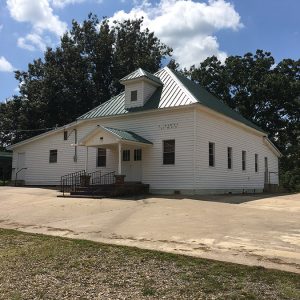 Pleasant Grove Baptist Church
Pleasant Grove Baptist Church
Entry Category: Institutions and Buildings
 Pleasant Grove Baptist Church
Pleasant Grove Baptist Church
 Pleasant Hill United Methodist Church
Pleasant Hill United Methodist Church
Pleasant Hill United Methodist Church (Saline County)
 Pilot Prairie Presbyterian Church
Pilot Prairie Presbyterian Church
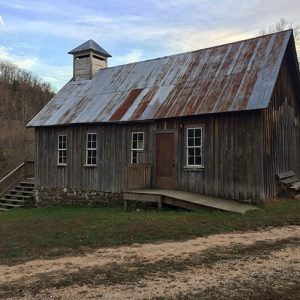 Ponca Church
Ponca Church
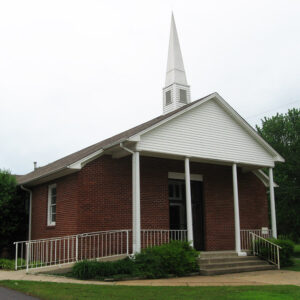 Pottsville ARP Church
Pottsville ARP Church
Powhatan Methodist Church
 Powhatan Methodist Church
Powhatan Methodist Church
 Powhatan Methodist Church
Powhatan Methodist Church
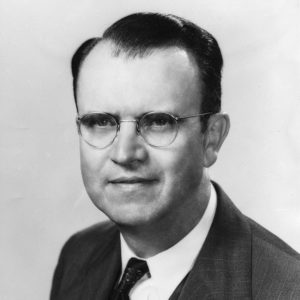 Rudolph Prange
Rudolph Prange
 Presbyterian Church
Presbyterian Church
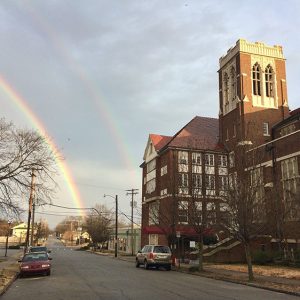 QQUM Church Exterior
QQUM Church Exterior
 QQUM Church Interior
QQUM Church Interior
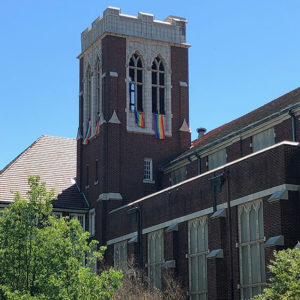 QQUM Church Tower
QQUM Church Tower
Quapaw Quarter United Methodist Church
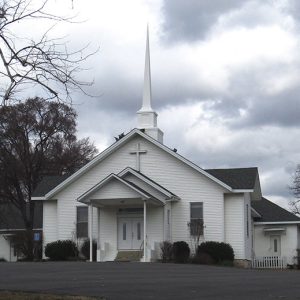 Quitman Methodist Church
Quitman Methodist Church
Ronoake Baptist Church
 Rosston Baptist Church
Rosston Baptist Church
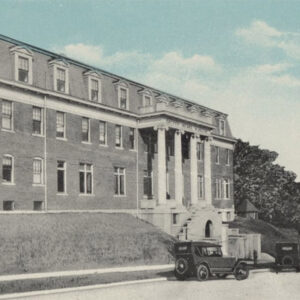 Sacred Heart Academy
Sacred Heart Academy
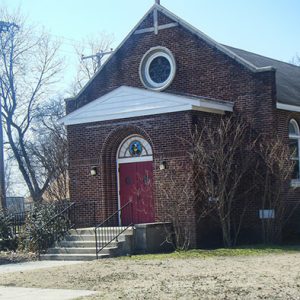 Sacred Heart Catholic Church
Sacred Heart Catholic Church
 Sacred Hearts Rectory
Sacred Hearts Rectory
 Salem Methodist Church
Salem Methodist Church
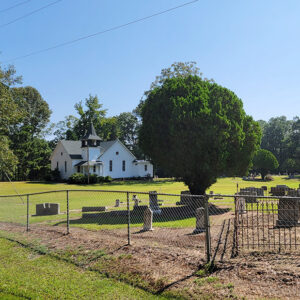 Sardis Methodist Church
Sardis Methodist Church
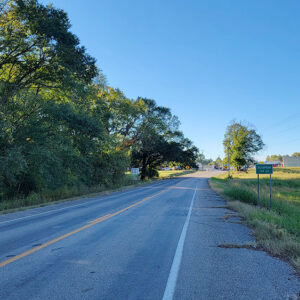 Entering Scranton
Entering Scranton
 St. Ignatius Church
St. Ignatius Church
 Scuba Lessons
Scuba Lessons
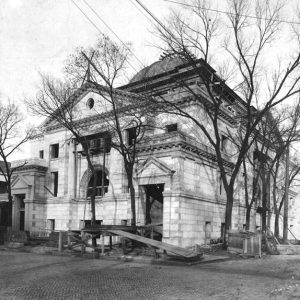 Second Baptist Church
Second Baptist Church
Shady Grove Delmar Church and School
 Sherrill United Methodist
Sherrill United Methodist
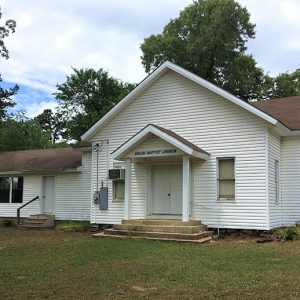 Shiloh Baptist Church
Shiloh Baptist Church
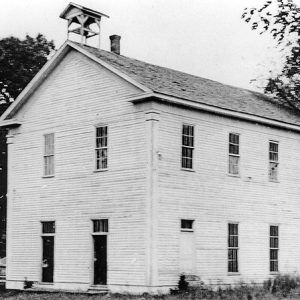 Shiloh Church
Shiloh Church
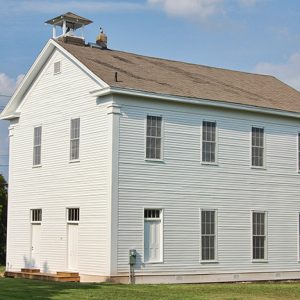 Shiloh Church
Shiloh Church
Shiloh Meeting Hall
aka: Shiloh Church
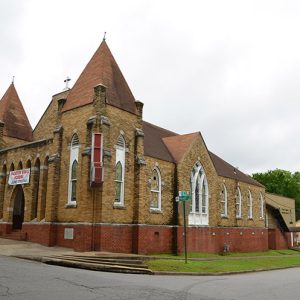 Shiloh Missionary Baptist Church
Shiloh Missionary Baptist Church
Shiloh Missionary Baptist Church
Shorter College
aka: Bethel Institute
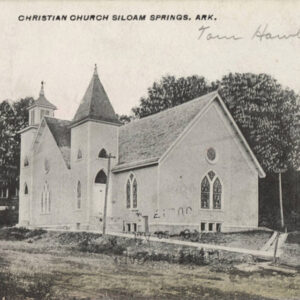 Siloam Springs Church
Siloam Springs Church
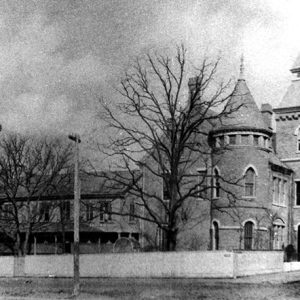 Sisters of Mercy Convent and Mount St. Mary Academy
Sisters of Mercy Convent and Mount St. Mary Academy
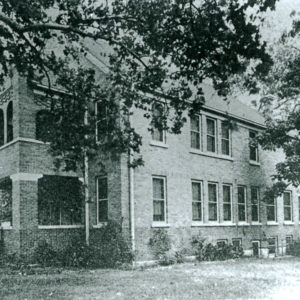 Sisters' School
Sisters' School
 Skyland Baptist Church
Skyland Baptist Church
 Snowball Baptist Church
Snowball Baptist Church
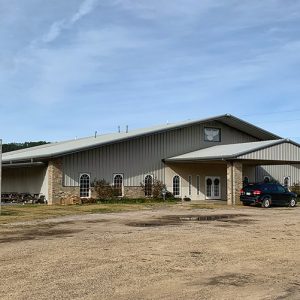 Solid Rock Church
Solid Rock Church
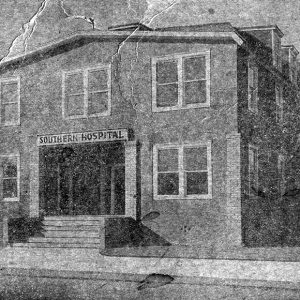 Southern Hospital
Southern Hospital
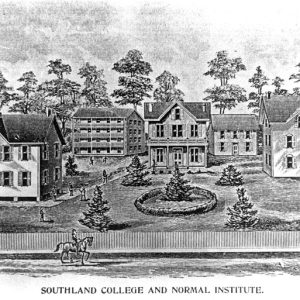 Southland College
Southland College
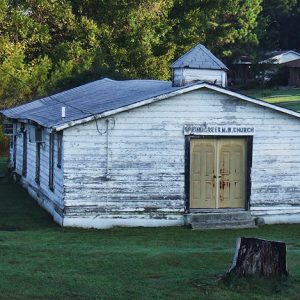 Spring Creek Missionary Baptist
Spring Creek Missionary Baptist
St. Agnes Catholic Church
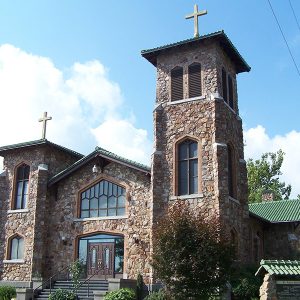 St. Agnes Catholic Church
St. Agnes Catholic Church
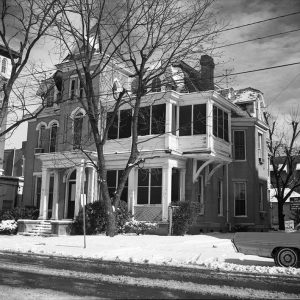 St. Andrew Rectory
St. Andrew Rectory
St. Andrew’s College
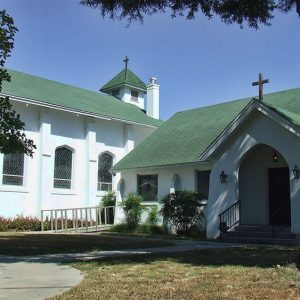 St. Andrew’s Episcopal Church
St. Andrew’s Episcopal Church




